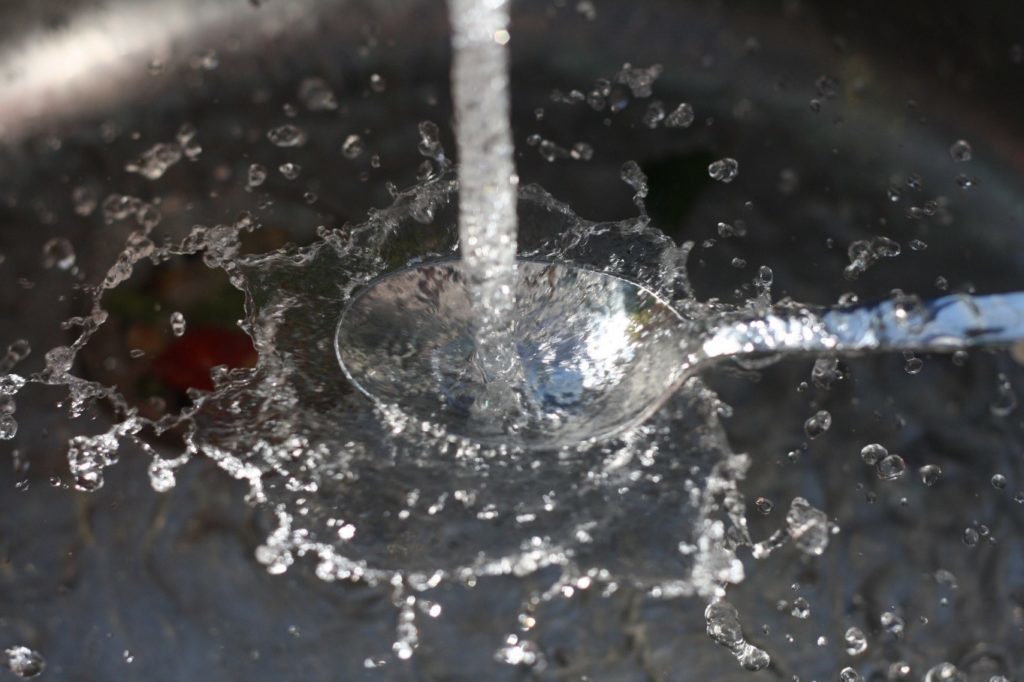LONDON – Millions of families in abject poverty, especially those living in the 10/40 window across Africa and Asia are unlikely to have access to clean drinking water. Therefore, they suffer the most. This is and has been an issue close to the heart of Gospel for Asia (GFA) for most of its 40 years. Gospel for Asia (GFA) has published a special report for the past two years in coordination with World Water Day. This year’s report, “Dying of Thirst: The Global Water Crisis,” is available online.

WaterAid, the leading clean water NGO in the world is consistently focused on its goal of equipping people with clean water. Working alongside other agencies, WaterAid has helped to provide 1.3 million people with clean water. WaterAid publishes news and updates on the global water crisis on a regular basis and also typically publishes a special report annually on water scarcity in conjunction with World Water Day. That report, “Beneath the Surface: The State of the World’s Water 2019” is also available online with additional insights that complement the Gospel for Asia (GFA) report.
The WaterAid report shared a startling insight into the scarcity of clean water – a problem that most of us have never had to deal with first hand. Picture this scenario in your mind.
If a bucket contained all the world’s water, one teacup of that would be freshwater, and just one teaspoon of that would be available for us [the global population] to use, from lakes, rivers and underwater reservoirs as groundwater.
While that bucket is available to the entire world, the vital teaspoon full is extremely difficult for millions to access. Many of those settle for dirty and often contaminated water and walk miles every day to fetch it. Drinking that water puts each family member’s health at risk.
The WaterAid report draws attention to “virtual water” which is defined as all the water required to grow, process, and produce items that we use from coffee to cotton. The total estimated amount of water it takes to deliver a consumable product is known as its “water footprint.”
The total water footprint of any item is comprised of the green water in the soil, the blue water used for irrigation, and the grey water used to remove the pollutants required to produce the clean effluent released back into the ecosystem.
The report alleges that it takes nearly 35 gallons of water to produce the coffee for one cup of morning Joe. And that does not include the 12 ounces or so of water in the cup.
It also cites several crops like cotton, rice, and wheat that are “especially thirsty” and that, therefore, contribute to reducing the amount of blue water in the bucket to one spoonful available and to the depletion of groundwater upon which the poorest nations are dependent.
The WaterAid report goes into depth in matters including the percentage of population, by country, that has “basic household access” to clean water, corporate and community efforts to minimize unnecessary water use, and personal stories of families for whom access to clean water is an existential crisis.
WaterAid expressed concern that the teaspoon of clean water available to mankind is not going to be adequate for a growing world population. The question becomes not only how we can serve the underserved but also how we can provide for an expanding human presence and demand.
To read more news on the global clean water crisis on Missions Box, go here.
Sources:
- WaterAid, What We Do
- Sight Magazine, Poor people’s right to water cut off by thirsty exports, unequal supply
- WaterAid, Beneath the Surface: The State of the World’s Water 2019
- Gospel for Asia, Dying of Thirst: The Global Water Crisis
For more information about this, click here.




